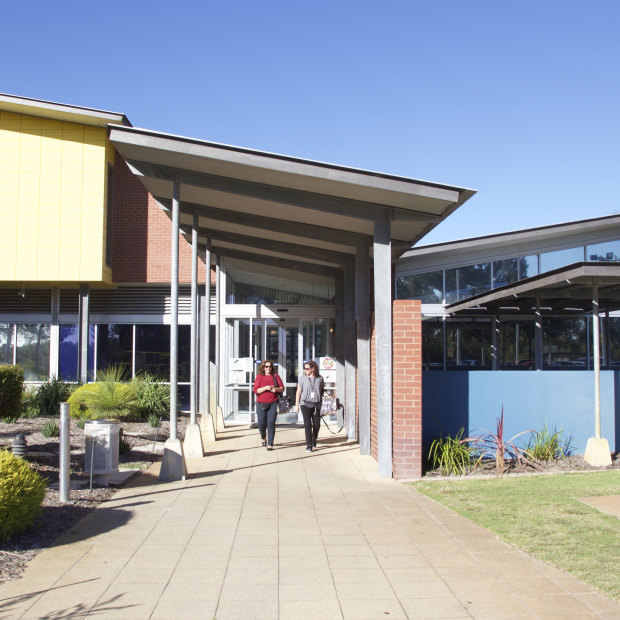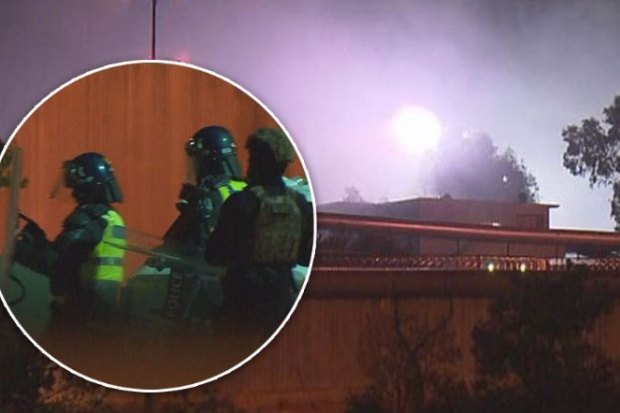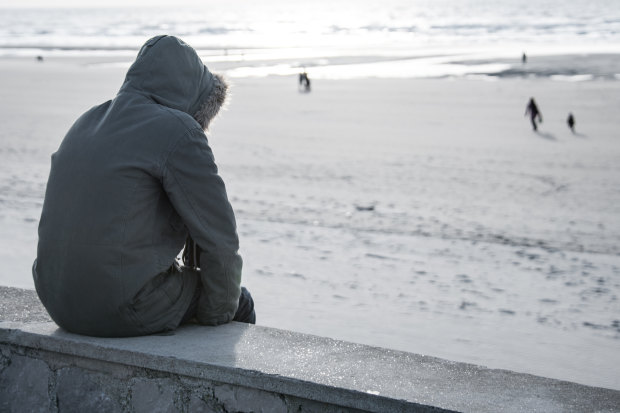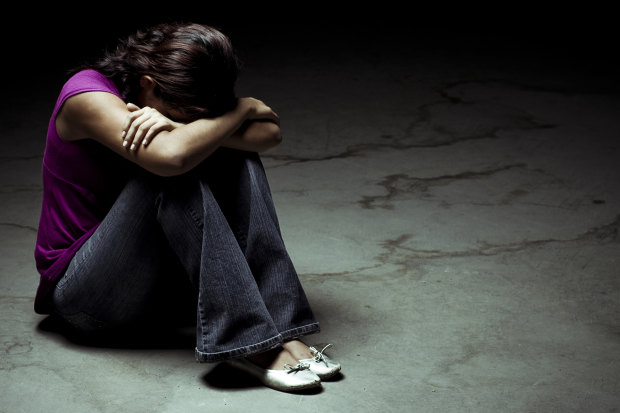This was published 10 months ago
Why are we still locking up our children?
Warning: This story carries the name of a deceased Indigenous person.

Banksia Hill Detention Centre.
There’s a saying among parents of neurodiverse children: change your lens. There have been books written about it, seminars you can attend to hear about it and support groups you can join to discuss it.
The idea is that you stop looking at your kid like it is an out-of-control demon (even though they often are) and start recognising that he or she is struggling. And that lens change eventually leads to calmer behaviour, builds connection and – with a collaborative approach to problem behaviours – diffuses many of the unwanted issues children with disabilities regularly present with.
I know this from personal experience.
Children with neurodiversity, as well as those who come from dysfunctional, abusive homes, are regularly prone to emotional dysregulation, impulse control problems, violent meltdowns, disordered thinking and defiant behaviour.
And sadly, in many cases that leads to a life of crime.
Throw in poor role models, a parent with substance abuse, or one who drank while they were pregnant with said child (which is sadly quite common), and you are asking for a walking, talking criminal-in-the-making.
Science has proven that growing up in those environments leads to poor brain wiring and limited cognitive function.
But still most people’s attitudes towards these kids is verging on hateful.
“Lock them up, that will teach them a lesson!”
The evidence shows it doesn’t. Most young offenders are incarcerated again and again upon release. That is if they don’t top themselves first.

Police working to end a violent riot at Banksia Hill Detention Centre in Canning Vale in 2023.Credit: Nine News
Last week in WA we saw another child take his own life after being locked up at a detention centre – the second in the nation to do so. The first was also in Perth, less than 12 months ago.
The debate has already begun again about the ‘conditions’ at Banksia Hill, the staffing levels, the monitoring of the youth offenders. Was it good enough? Do they need to be let out of their cells more often? Were the officers on duty sleeping on the job?
It’s all massively missing the point.
Putting a neurodiverse, troubled, dysfunctional child from a background of trauma into a prison cell for months or years on end and hoping he will come out the other side a better person with fewer problems is absolutely ridiculous.
And for all the people who complain about the crime being committed in their community by these wayward children, I hear you. No one should live in fear of being knifed by a 10-year-old, or having their car stolen by a 15-year-old. And yes, something needs to be done about it. But locking them up earlier, giving them harsher punishments and cutting them off from society with no support is not the way forward.
We need to change our lens.

There needs to be a better approach to dealing with WA’s youth crime crisis.Credit: iStock
These children are struggling. Most children, and adults for that matter, that are currently in our prison system come from dysfunctional, abusive homes, are born with neurodiversity and disabilities and see substance abuse, violence, aggression and crime as a normal way of life.
I know this because I sit through court hearings day after day and I hear their backstories and they are heartbreaking. These people never stood a chance. And if you think that is a sob story that should not be tolerated as a defence, wait until one of these people tries to break into your home and then find out all you can about that person. Ask yourself if you would have turned out differently if you spent your childhood watching your dad beat up your mum, or your aunty shoot up drugs when you were 12, or your parents spend all the household money on meth so you had no choice but to steal food.
Children aren’t born bad.
But when they turn to crime, it becomes our job to show them a different way.
It is only through rehabilitation, education and empathy that these children will change, come out better people, be more functional in society and less likely to turn to crime.
And guess, what? They’ll probably stop killing themselves in prisons too.
This is not just my opinion, it has been proven.
A few years ago it was reported that 74 per cent of all young Australians who leave detention return to some form of justice supervision within 12 months.
Our age of criminal responsibility is lower than in most other countries around the world.
And our detention rate is 26 times higher for young Indigenous people.
But in Norway, Spain and Germany and in some parts of America, they now recognise that any period of incarceration is harmful and instead deal with these kids and teens in other ways.
They are placed into home-like environments with bright open spaces, schools and an emphasis on therapy, rehabilitation and community-oriented centres designed to equip young people for re-entering society.
Unsurprisingly, their rates of recidivism are dramatically lower than ours.

WA’s youth justice system needs an overhaul.
And so are their numbers of children killing themselves.
It is unclear why our state government has not addressed this. It’s not like many, many people haven’t already said the same thing. Concerns were being publicly raised about Banksia Hill years ago and as recently as a few weeks ago when an inquest was held into the suicide of 16-year-old Cleveland Dodd last year.
During the four-week hearing it was made clear by many of the experts called to give evidence that the issues that have compounded at both WA’s only youth detention facility and Unit 18, where Dodd took his own life, were not specific or narrow. They come from the top.
They said that if you have a state government, a Department of Justice and detention centre bosses looking at these kids like they are inherently bad, wicked and deserving of punishment then that filters through to the staff at the bottom. They will treat them with disdain, like animals.
There will be no compassion from the guards on duty if there is no compassion from their superiors, from the state or from society.
And let’s be clear, there is no compassion. Our government has done nothing to address the issues in our youth justice system whatsoever.
How was another child able to take his own life on Friday in a prison cell just weeks after a previous similar death had been so thoroughly investigated? How was another boy, troubled, struggling, allowed to die alone because he felt it was his only way out just two weeks after WA’s Commissioner for Young People tabled a report in parliament detailing how there was no evidence of individualised programs and supports for children in detention in this state?
Still, we just lock them up.
We have a youth crime crisis simultaneously occurring alongside a youth suicide in detention crisis. When are our leaders going to recognise that this old school, punitive, out-dated, disciplinarian approach to both of them is wrong?
They need to change their lens.
If you or someone you know is in need of support contact Lifeline on 13 11 14 or 13YARN (13 92 76). In the event of an emergency dial Triple Zero (000).
Start the day with a summary of the day’s most important and interesting stories, analysis and insights. Sign up for our Morning Edition newsletter.